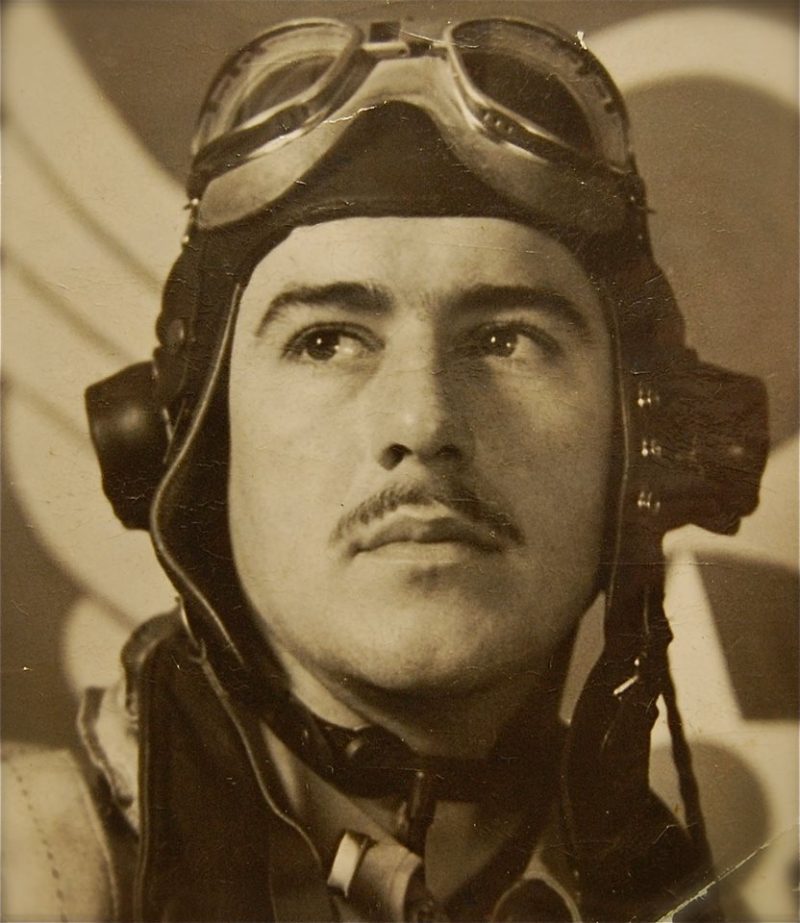October 14th 1943, Bassingbourn Airfield, Cambridgeshire. Jim Harlow recalled………………”We walked into the morning briefing feeling more than anxious. This was 04:30 Thursday morning and I still had not recovered mentally or physically from the crash-landing aboard ‘Miami Clipper’ at RAF Butley (Bentwaters), on the way home from Munster on the Sunday afternoon prior. The British Army troops who’s camp we had inadvertently ploughed into were so hospitable to us and could not believe the damage the aircraft had inflicted, yet it was still flying! It wasn’t very long before the 6×6 truck turned-up to haul us back to Bassingbourn and our own Barracks and bed.
We stood to attention when the Top Brass strode into the Briefing and sat down feeling very tense as we knew the pressure was still on. The Officer pulled the curtain back and we could see the tiny red string stretching out from our base near Cambridge all the way deep into Germany. The Officer announced “The target for today is Schweinfurt.” Usually their was a groan from the floor when the target of the day was announced but on this occasion their was a stone cold silence of disbelief. I could hardly comprehend where they were sending us. Not two months beforehand, we had battled our way to the ball-bearing factories of Schweinfurt and suffered losses like never before – 60 bombers and 600 men. For those of us who made it home that day, the word Schweinfurt was etched on our minds and for the replacement crews, the story of that mission had spread like wild-fire across the outfit and the entire Eighth Air Force.
I could hardly believe my luck at surviving the last Schweinfurt mission, being rescued from the sea in September when we ditched ‘Mizpah’ into the English Channel out of gas, surviving the crash-landing aboard ‘Miami Clipper’; yet here we were going back to Schweinfurt to have another stab at it.”
The October 14th Mission to Schweinfurt, was the last of four deep penetration raids for the Eighth Air Force that concluded what has now become known by historians at ‘Black Week.’ By days end, the Eighth would loose another 60 heavy bombers and 600 men – A clone of the August 17th mission when losses were ironically, exactly the same.
The week’s activities had cost US VIII Bomber Command 155 Heavy Bombers and approximately 1500 airmen missing, killed or prisoners of war. General Eaker was forced to accept that no further deep penetration raids could be mounted until sufficient Fighter Escort became available with greater range and endurance. Production of the North American Aviation P-51 Mustang was stepped-up and priority was given to the combat units operating in the European Theatre, whereas the aircraft were initially destined for the Pacific Campaign first.
Jim Harlow concluded his 25 Missions in December of 1943 and returned to America to a PBY Catalina flying-boat outfit, operating air sea rescue patrols from the Gulf of Mexico. He had seen more than his fair share of combat missions and suffered the loss of countless men in his Squadron. He stayed in the USAF Reserve and subsequently relocated to Florida to work on the US Space Program at Cape Canaveral and played his small part towards the combined effort of putting a man on the moon.
Spare of thought for the men who climbed aboard their aircraft 71 years ago today, knowing that lady-luck was their closest friend.
Clive Stevens.
Eight Air Force Historian, Suffolk, England.
